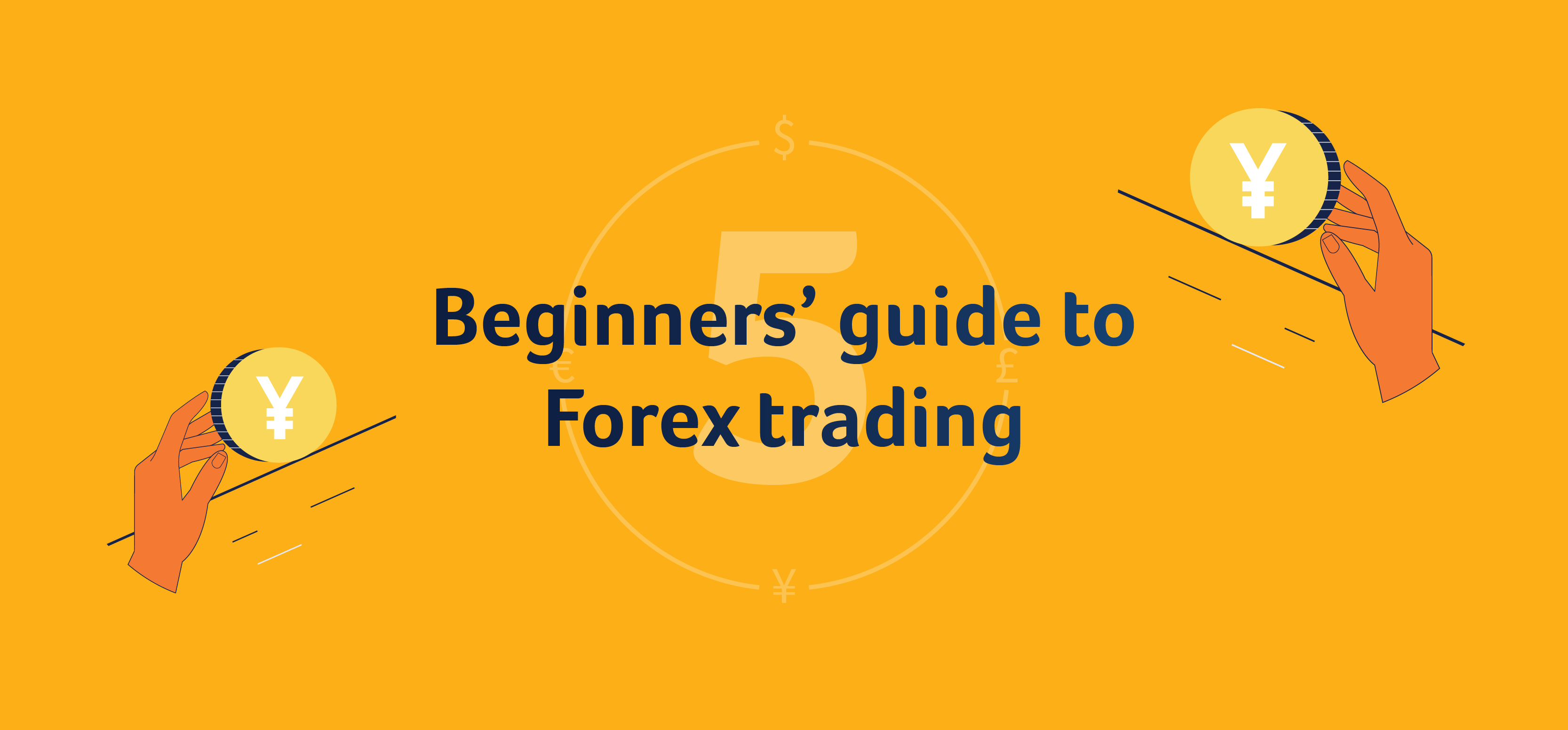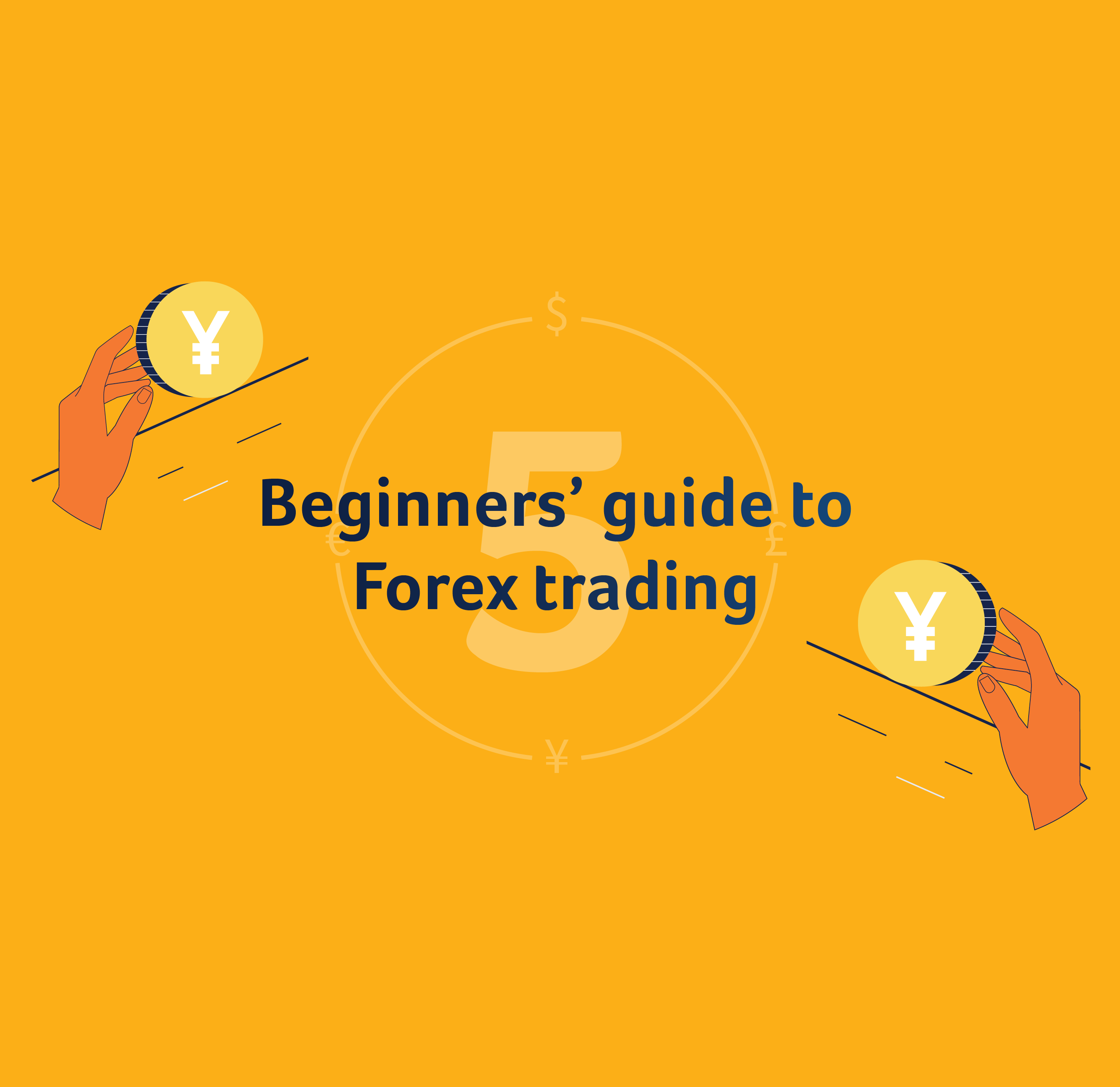What drives Forex markets?
When looking to trade forex markets it is key to understand what drives price action.
A currency represents the economic health of a country or region. Forex markets are currency pairs that reflect the performance of one currency versus another. They are also referred to as exchange rates.
In good times a currency will strengthen against another, and in less successful periods it will weaken.
As you can imagine many factors can impact the economic health of a country/region, and as such, can make predicting future performance difficult.
aFactors such as demand and supply, geopolitical tensions, monetary policies and more recently the impact of a pandemic, mean forex markets are constantly changing.
Let’s review some of the key economic and global factors that impact the value of a currency and in turn its performance versus other currencies.
We have tried to break them down into distinct topics, but in reality, they are all interlinked and will be used by central banks and governments to manage their respective economies.
1. Inflation
Inflation represents the cost of a basket of goods in a country or region.
Rising inflation is the sign of a growing economy as demand outstrips supply, driving up costs.
Rising inflation, when contained, is a positive indicator that an economy is growing, however, if inflation were to rise too quickly central banks may want to step in to stop an economy from overheating.
Let’s say inflation this year has risen by 2% compared to last year. This means that all other things being equal your money buys less than it did last year.
What you could buy last year is not the same as this year, as this year’s prices have increased by 2%, therefore denting your purchasing power.
You can see why excessive, (and in some cases hyper-) inflation are a worry for policymakers. At some point, prices will become excessive and impact other areas of the economy through less purchasing power. This in turn could reverse inflation and we end up in a cycle of ‘boom and bust’, where economies quickly expand before contracting again.
Central banks are keen to keep inflation within set guidelines, many target 2%, and will set monetary policy accordingly by moving interest rates. To find out more about central banks you can read about them in this article.
2. Interest rates
Interest rates are set by central banks and help to manage their respective economy.
In an ideal would central banks look to stimulate growth whilst keeping inflation under control.
Central banks are able to steer both growth and inflation in one of two ways:
A) Lower rates to stimulate growth
Lowering interest rates means the cost of borrowing is cheaper.
Cheaper borrowing rates encourage economic activity. For example, a company may decide to expand given the cheaper cost of borrowing, which will lead to employing more people, who have more income, who spend more and in turn stimulate other areas of the economy.
B) Raise rates to manage inflation
Raising inflation can be a positive signal that an economy is expanding. However, central banks may need to raise rates to curtail inflation and stabilize prices.
Raising interest rates also has a knock-on effect in the real world. When the cost of borrowing has risen, so do expenses such as interest payments on loans and mortgages resulting in households having less disposable income.
Having less disposable income means less money to spend, meaning demand is weaker which in theory results in prices stabilizing. Therefore, the cost of those goods will stabilize too. This is how raising rates can help to keep inflation under control.
It is clear to see how rate decisions reflect the performance of an economy and in turn drive price action.
Lowering interest rates (also known as a ‘rate cut’) reflects a weaker economy, possibly in need of stimulating, and is therefore less attractive to investors. A rate cut will initially see the respective currency weaken against other currencies.
Raising rates (also known as a ‘rate hike’) reflects a healthy economy that, if anything, needs to put the brakes on a little to ease demand and in turn inflation costs. Rate hikes appeal to investors as a rate rise will initially see the respective currency strengthen against other currencies.
Rate hikes are often less well received by the general public, as they immediately incur most costs (loan repayments, mortgages).
3. Government debt
Almost all countries borrow money and take on debt.
To pay off these debts, governments will have to generate income, which normally means printing more money (also referred to as quantitative easing or QE), new bond issuances or tax hikes.
Printing money is a leading factor in inflation, simply because if governments print more money there is more money in the system (money supply), but the number of goods remains the same. This results in more demand, but the supply remains the same, meaning costs will go up.
Tax hikes, whether at the individual or on a corporate level, will always impact the end-user.
If your tax rate goes up, your take-home pay is less. If a company must pay more tax, they are likely to pass that cost on to customers by raising their prices.
Like we said, almost all countries borrow money, but how much debt and how they plan to generate income to repay debts is a key factor in predicting the economic stability of a country.
What Greece has taught us about government debt
It wasn’t long ago that Greece’s borrowing was in the spotlight following the global financial crisis of 2007/08.
Greece’s excessive borrowing and high budget deficit led markets to raise rates on additional borrowing over growing concerns about repayments. The rise in borrowing rates meant Greece could no longer make interest payments on its existing debt, bringing the Mediterranean nation to the verge of bankruptcy.
Greece, as part of the Eurozone, had no autonomy over its monetary policy and had to beg for assistance from leading nations within the EU. Germany stepped in with a bailout package, but the impact was felt in the Euro as distrust of banks and governments intensified. Who knows how different the outcome for Greece may have been without a common currency.
As you can see there are many things to take note of when trading FX. Monitoring government debt levels and predicting possible future monetary policies are important factors in a successful trading strategy.
We hope you found this article helpful. If you did, make sure to follow us on social for more tips on FX trading!


